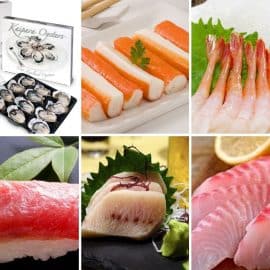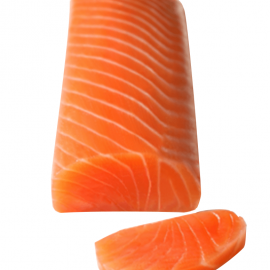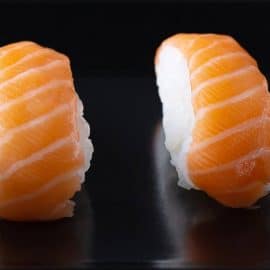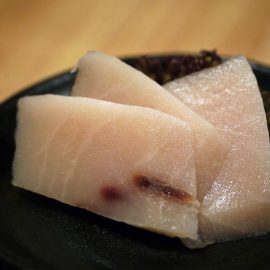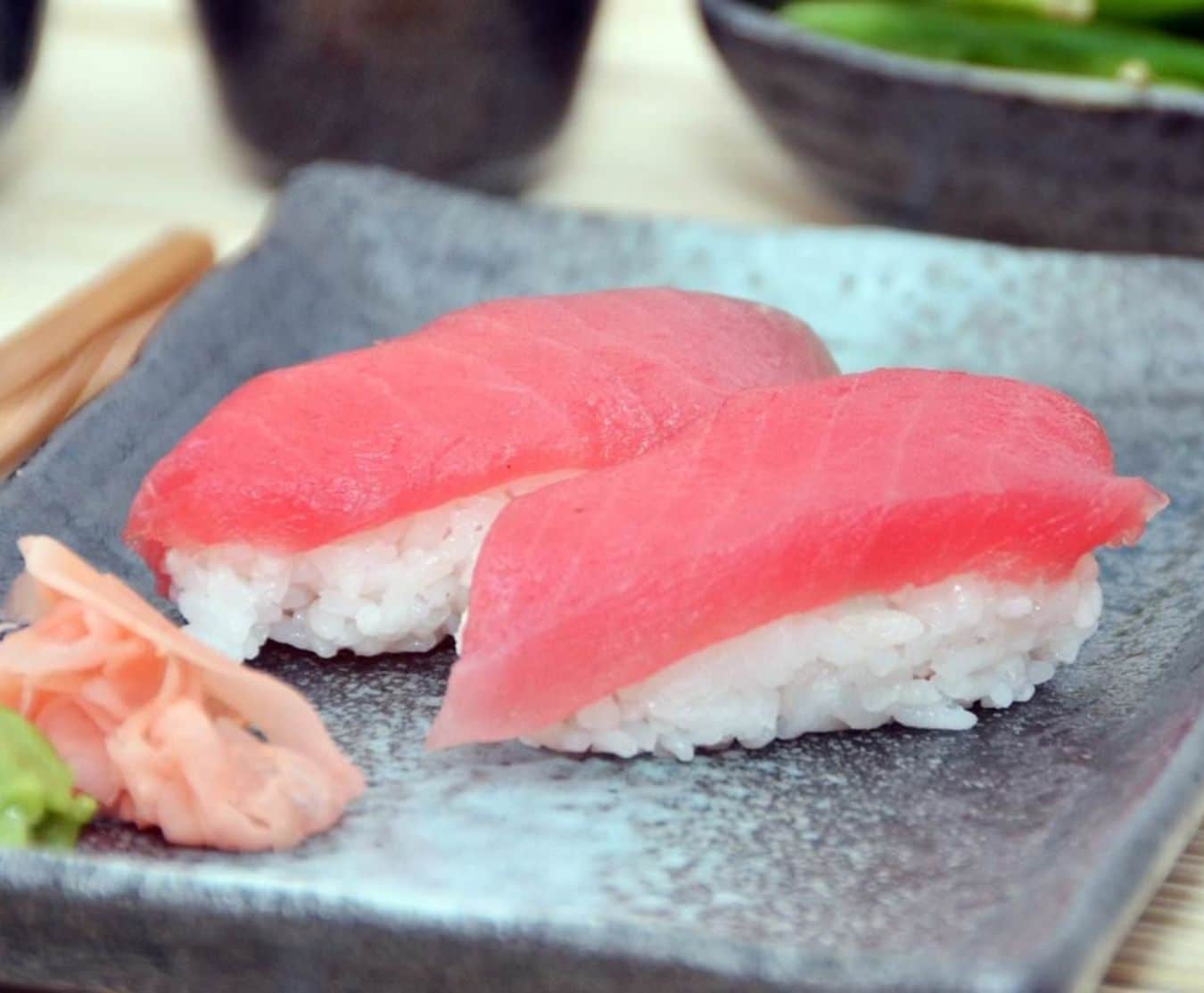
A Guide to Buying and Cooking With Sashimi
With a wide variety of fish meat, we offer more sashimi than most sushi bars, and we are delighted that many Japanese customers enjoy our sashimi. With your razor-sharp knife, slice these small blocks of fish into sashimi slices, neatly and precisely.
We offer a wide array of sashimi-grade salmon and tuna blocks in our sashimi shop. It is simple to cut these blocks into nigiri for your best sushi. Whether it’s salmon sashimi or sea urchin sashimi, our sashimi grade makes for an exciting platter of sushi.
Sashimi can be transformed into sushi with rice, vinegar, nori, and wasabi, however, this sushi-grade fish tastes so good it doesn’t need any. Many of our customers indeed buy it to eat it alone.
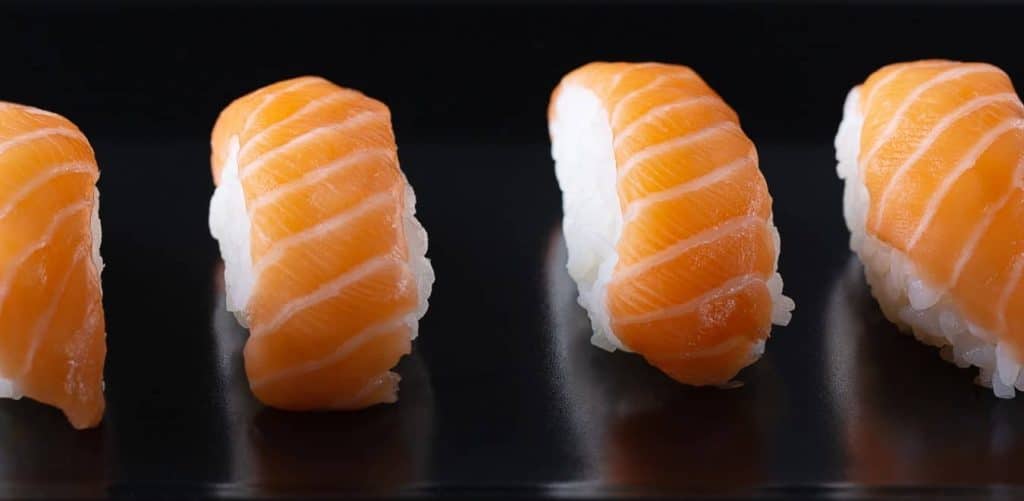
What is sashimi?
Fresh, raw fish is served uncooked, thinly sliced as sashimi. Japanese cuisine, it’s usually served as the first course with daikon radish, pickled ginger, wasabi, and soy sauce.
Fish for sashimi needs to be of the best quality and exceptionally fresh since raw fish is consumed. It is common practice in some Japanese restaurants that fish remains alive until the moment it is prepared. Chefs with years of experience have perfected the art of cutting fish differently for maximum enjoyment. Sashimi can be made at home, but the fish must be extremely fresh for it to be delicious.
The Best Way to Eat Sashimi
There are many ingredients you can season sashimi with, including soy sauce, ginger, wasabi, and citrus, as well as shiso leaves and shaved daikon radish. In most cases, it is served with a citrus-flavoured soy sauce or ponzu on the side.
You eat sashimi by picking up the raw fish with chopsticks, dipped in the dipping sauce, and devouring the entire piece.
Sashimi vs. Sushi
Even though it might seem like delicious sashimi is the same as sushi, they are considered two separate things. Sushi is defined by its rice, not its toppings.
Accordingly, sushi’s origin comes from a term meaning vinegared foods, that does not refer to seafood, but rather to rice. Salt and sugar are combined with rice vinegar to make sushi vinegared rice.
While sashimi’s literal translation into “cut meat” is roughly accurate, its historical origin is unclear.
However, there are similarities between sushi and sashimi. Served raw, they are tiny and seasoned with wasabi, ginger, and soy sauce. Beer and sake pair well with sushi and sashimi dishes.
Sashimi at its finest
Raw fish should be purchased from a trusted fishmonger if you want to make sushi at home.
When buying whole fish, look for glossy, moist, and smooth skin free of any missing scales; bright, clear eyes; vibrant gills; firm flesh; sturdy tail.
No sharp edges should be visible on a filleted fish that is smooth, transparent, and perfectly cut.

The best way to prepare sashimi
When preparing raw seafood and fish, keep it in the fridge until just before cooking. Your hands and kitchen should be cool. If you are not going to eat the fish right away, return it to the fridge once it is cut. It should be eaten raw within four hours.
The best way to store sashimi
Fresh fish should be put in the refrigerator right away. Don’t wait until tomorrow to use it.
Sashimi cooking instructions
There are several types of fish that make great sashimi, including salmon, tuna, sea bream, halibut, and sea bass. Seafood such as scallops, lobster, squid, and octopus is also among the best.
Sashimi alternatives
Ceviche or crudo are both good choices.
